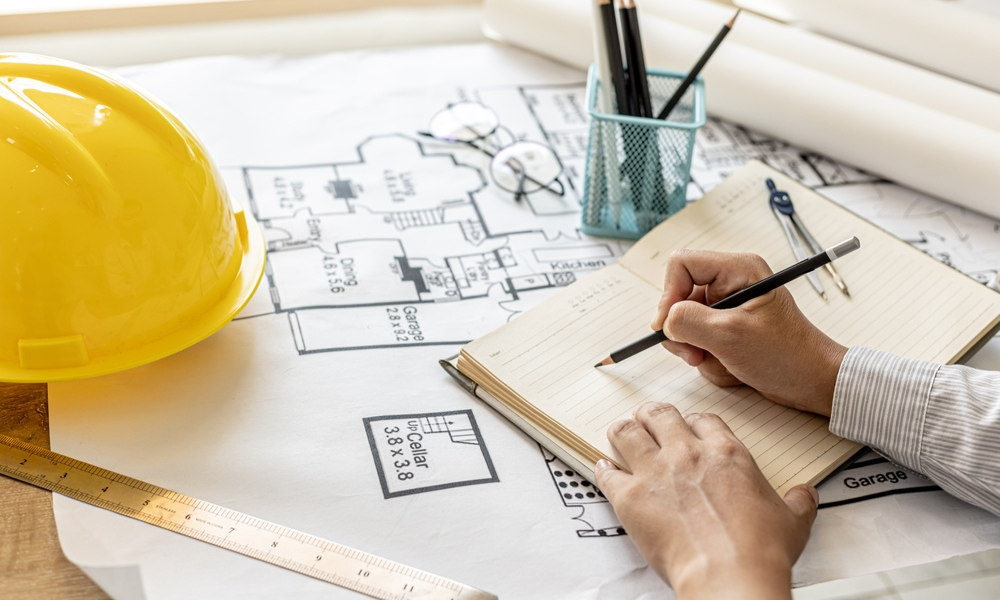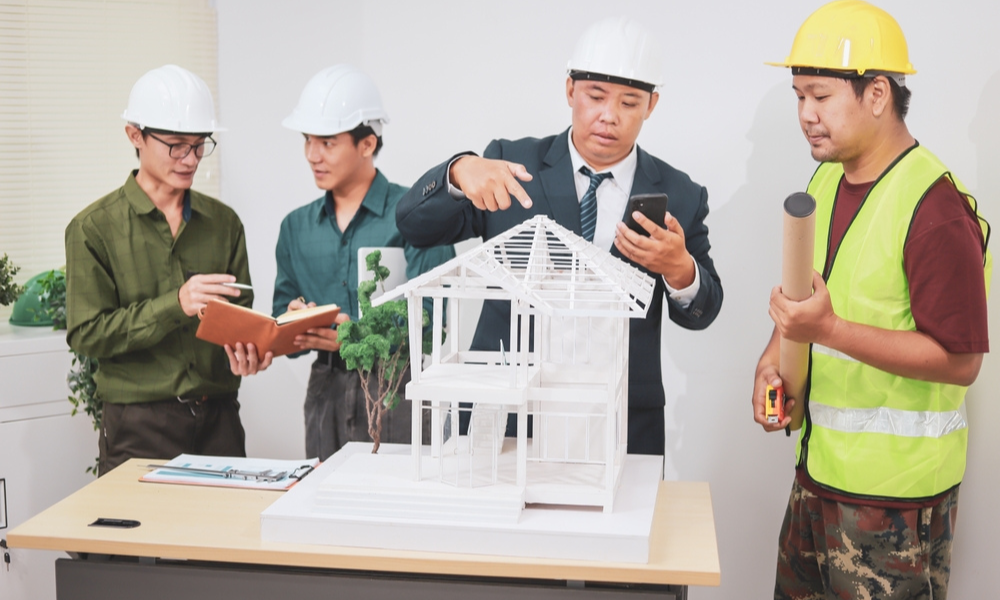Estimated reading time: 5 minutes
When I think about the journey from an architectural idea to a finished building, I marvel at the countless decisions and expertise involved. Designing and constructing a structure is no small feat, and trusting professionals with the task isn’t just a good idea—it’s essential for success.
Here’s what we’ll explore in this article:
- Why professionals matter in structural design and construction.
- The unique benefits of the Design-Build approach.
- The risks of skipping professional guidance.
- How to choose the right expert for your project.
Now, let’s break it all down—brick by brick, of course!
1. Why Professionals Matter in Structural Design and Construction
The journey from a blueprint to a finished building involves more than just creativity; it demands precision and expertise. This is where professionals step in. Their role is not just about putting ideas on paper; it’s about ensuring those ideas stand strong—literally and figuratively.
Think of it this way: would you trust a YouTube tutorial to design the foundation of your dream home? Professionals understand the science of load-bearing, the art of material selection, and the importance of safety regulations. They bring:
Expertise: Years of experience solving engineering puzzles.
Accountability: A commitment to delivering projects that last.
Safety Assurance: Designs that meet or exceed regulatory standards.
Without this, even the grandest design can turn into a house of cards—one gust of wind away from disaster.
2. The Unique Benefits of the Design-Build Approach

Let me introduce you to a concept that has redefined construction: Design-Build. This method is like hiring an all-in-one team to take care of everything, from the napkin sketch to the ribbon-cutting ceremony.
What Makes Design-Build Shine?
Single Point of Contact: You only deal with one entity, reducing miscommunication.
Faster Timelines: Design and construction overlap, saving time.
Cost Efficiency: Teams work collaboratively to find creative solutions that stay within budget.
For example, instead of hiring an architect, then a contractor, then a therapist to mediate their disagreements (kidding—sort of), Design-Build brings everyone to the same table from day one. The result? Fewer headaches, more streamlined projects, and a smoother experience.
3. The Risks of Skipping Professional Guidance
Ah, the temptation to DIY or cut corners—it’s understandable but risky. Sure, saving a buck might feel satisfying in the short term, but the long-term costs can be staggering.
Consider these potential pitfalls:
Structural Failures: A poorly designed beam can lead to catastrophic consequences.
Code Violations: Non-compliance with building regulations can lead to fines, delays, or worse—demolition orders.
Cost Overruns: What starts as a “budget-friendly” shortcut can quickly spiral into an expensive fix.
There’s a reason we don’t let amateurs perform heart surgery. Your building deserves the same respect and expertise.
4. How to Choose the Right Expert

Finding the right professional for your project is like choosing the right tool for the job—critical for success. Here’s how I recommend going about it:
Look for Experience: Check their portfolio for similar projects.
Ask the Right Questions: What’s their approach to challenges? How do they manage budgets?
Verify Credentials: Ensure they’re licensed, insured, and in good standing.
Get References: Speak to previous clients for honest feedback.
And if they hesitate to provide references, well, that’s your cue to run faster than a contractor avoiding an inspection.
5. Why Design-Build is a Game-Changer
Unlike traditional construction methods, where architects and contractors sometimes feel like they’re on opposing teams, Design-Build unites everyone. The result? Cohesive plans, fewer change orders, and faster completion times.
Here’s a quick rundown of the process:
- Selection: You choose a qualified Design-Builder based on credentials, not just cost.
- Pre-Construction Planning: Professionals assess your needs and define project scope.
- Design: Architects and engineers collaborate seamlessly.
- Construction: With overlapping phases, construction begins as designs are finalized.
- Post-Construction Handoff: Comprehensive training and documentation are provided.
It’s like building a puzzle with all the pieces in one box instead of hunting for missing ones under the couch.
6. Benefits Beyond the Build
Hiring professionals isn’t just about putting up walls; it’s about creating spaces that serve their purpose beautifully and efficiently. Here’s what you gain:
Longevity: Structures built with professional guidance stand the test of time.
Innovation: Professionals stay updated on materials and technologies that improve performance.
Peace of Mind: Knowing experts are handling your project lets you focus on other priorities.
7. Final Thoughts: Trust the Experts
From concept to completion, the value of professional expertise cannot be overstated. Whether you’re building a home, a skyscraper, or something in between, putting your trust in skilled professionals ensures you’ll sleep soundly under your creation—without worrying about a ceiling collapse.
So, if you’re ready to turn your ideas into a reality that stands tall and proud, do yourself a favor: hire the pros. Your future self (and your insurance company) will thank you.



